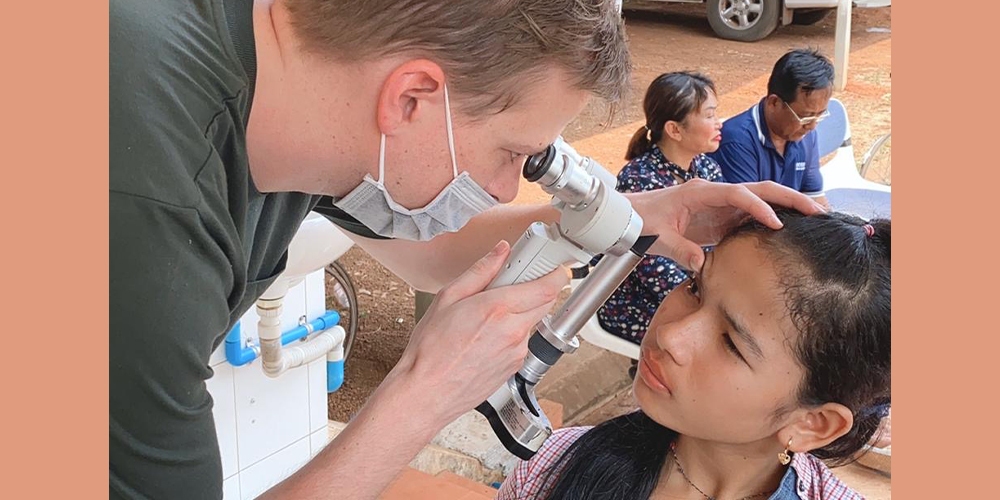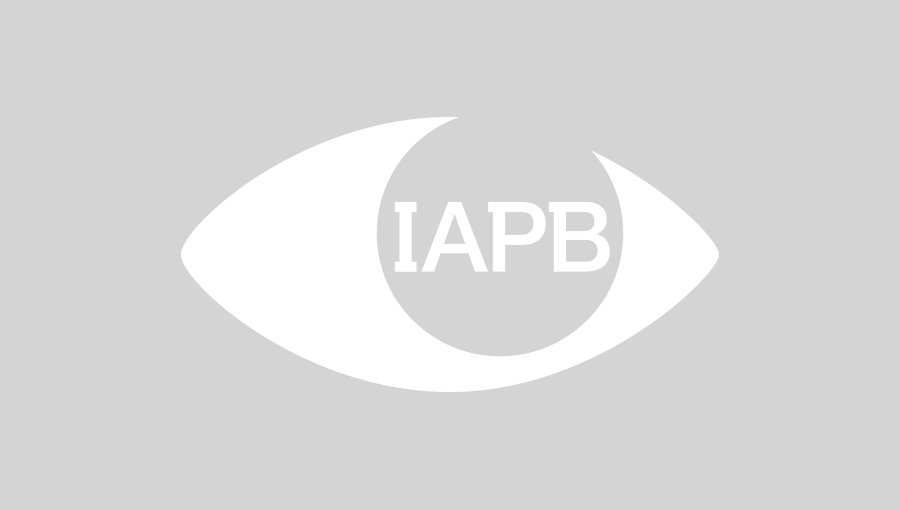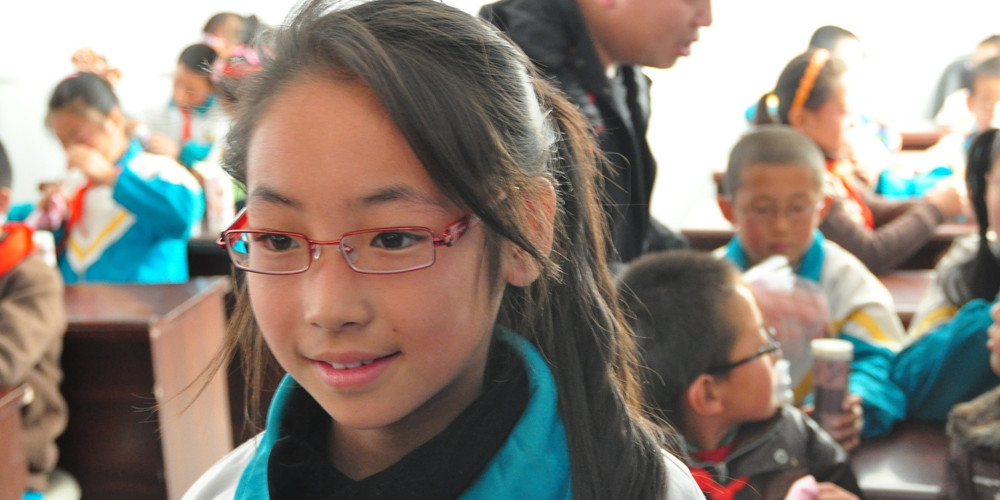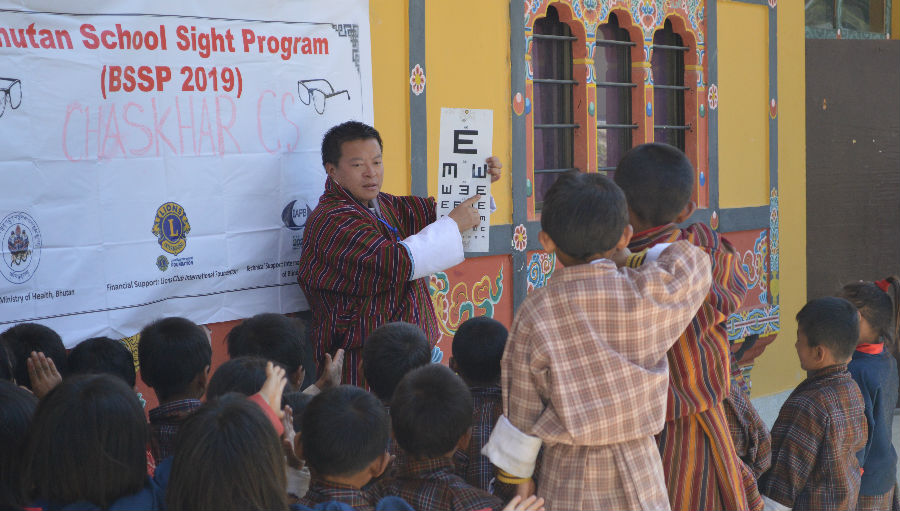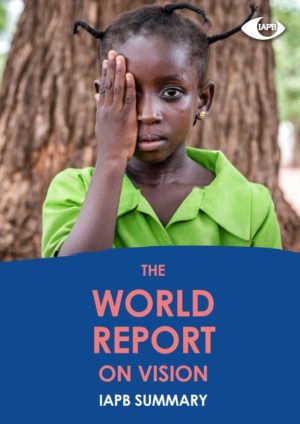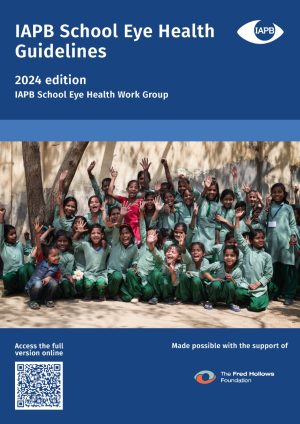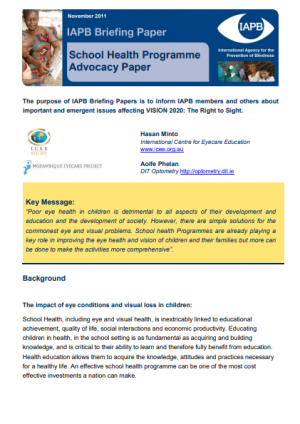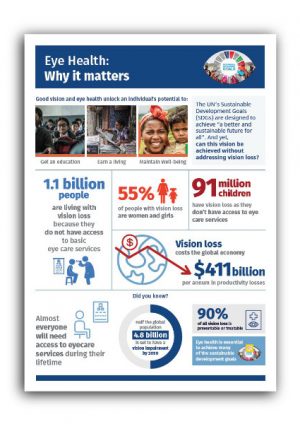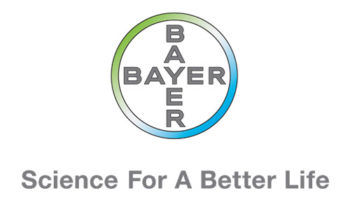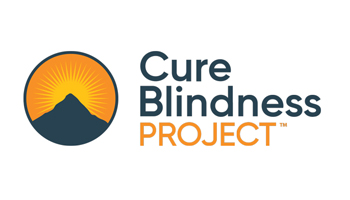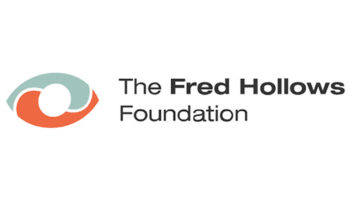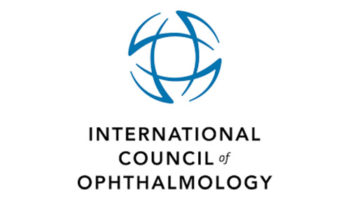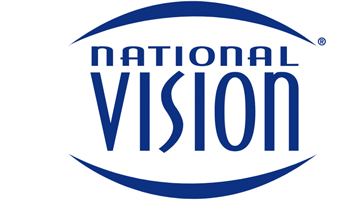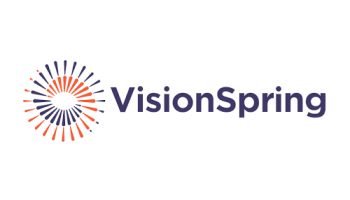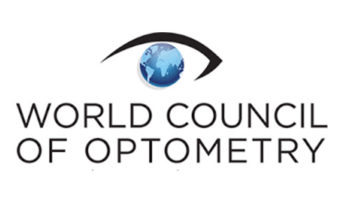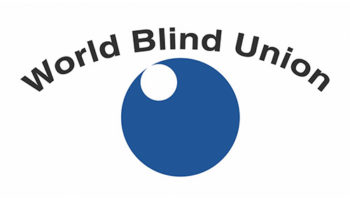The prevalence of vision impairment and blindness varies considerably within, and between countries. Refractive error is the leading cause of vision impairment (MSVI) in school-aged children.22 Other common causes of vision impairment and blindness include cataract, retinopathy of prematurity, congenital ocular anomalies, corneal scarring, and cerebral visual impairment.5,23 The most prevalent avoidable causes of blindness are corneal scarring, cataract, and retinopathy of prematurity.23
The trends on the causes of childhood blindness have changed over the last 30 years. There has been a substantial shift in the leading causes of blindness in children in low-income countries due to the reduction of corneal blindness due to vitamin A deficiency and measles, and cataract is now the principal cause of avoidable blindness.18,24 In children, the leading causes of unavoidable blindness include genetic retinal conditions and congenital eye anomalies.4




